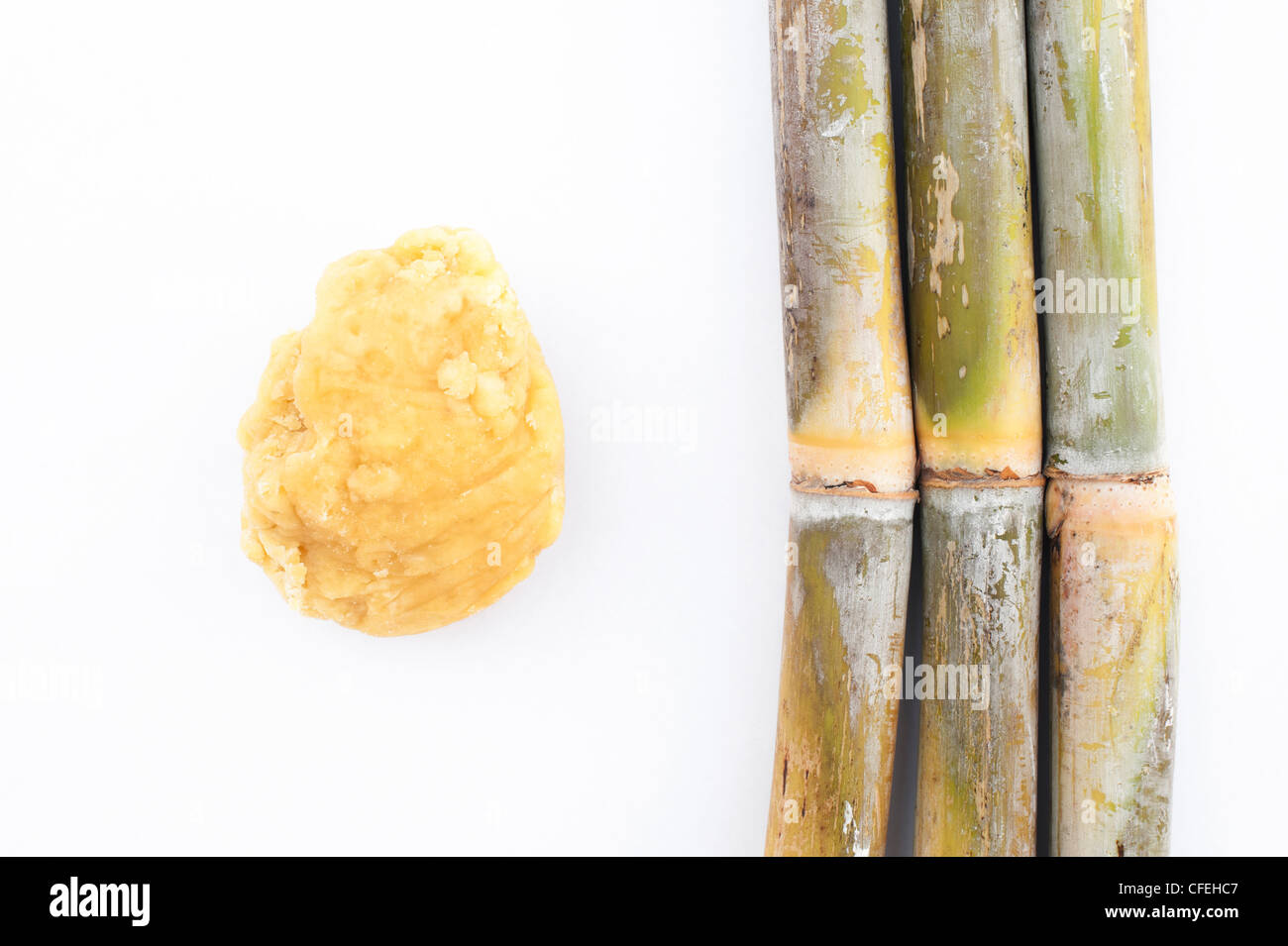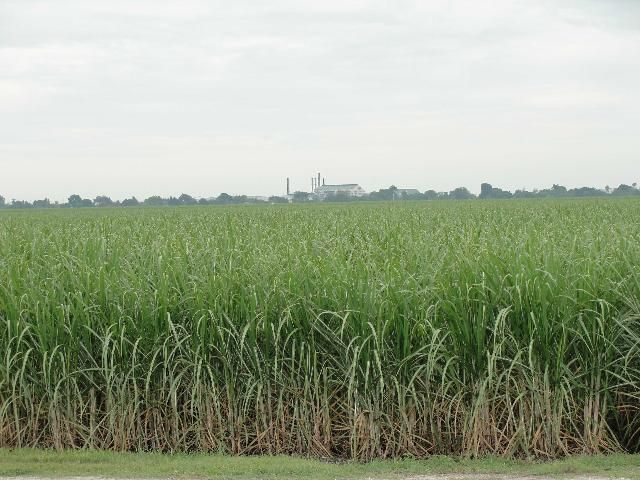The Health Value and Health Benefits of Sugarcane Product
The Health Value and Health Benefits of Sugarcane Product
Blog Article
The Trip of Sugarcane: From Harvest to Everyday Products
The journey of sugarcane is a complex procedure that begins with precise farming and culminates in a selection of items that penetrate our everyday lives. As we check out the different aspects of sugarcane's journey, its role in sustainability and the more comprehensive effects for our environment come into sharper emphasis.
Growing of Sugarcane
The farming of sugarcane is a critical farming procedure that requires particular ecological conditions and management techniques. Optimal development happens in subtropical and tropical areas where temperature levels range between 20 ° C and 32 ° C. Adequate rains or irrigation is crucial, as sugarcane thrives in wet soil with well-drained conditions (sugarcane product). Soil high quality dramatically affects return; therefore, farmers usually conduct soil tests to establish nutrient demands
This method helps with effective collecting and makes best use of sunlight direct exposure. Crop turning and intercropping are advised methods to improve dirt fertility and decrease parasite problems.
Fertilization is one more critical aspect, with potassium, nitrogen, and phosphorus being the primary nutrients required for ideal development. Prompt application of these plant foods can significantly enhance sugar yields. In addition, monitoring for conditions and bugs throughout the expanding period is essential, as these variables can adversely impact crop health and wellness and productivity. Generally, successful sugarcane cultivation depends upon a combination of ecological stewardship, tactical preparation, and continuous administration methods.
Gathering Techniques
Successful sugarcane cultivation finishes in the collecting stage, which is critical for making the most of yield and making certain quality. The timing of the harvest is critical; sugarcane is normally collected when sucrose levels peak, generally between 10 to 18 months after planting. This duration differs based upon climate, soil kind, and sugarcane range.
Collecting strategies can be generally classified into handbook and mechanical methods. Manual harvesting is labor-intensive, counting on proficient employees that use machetes to cut the stalks short. This method enables discerning harvesting, where only the ripest walking canes are picked, consequently boosting total sugar material.
Conversely, mechanical harvesting has actually obtained popularity because of its efficiency and cost-effectiveness. Specialized harvesters equipped with cutting blades and conveyor systems can process huge locations swiftly, significantly reducing labor expenses. This strategy might lead to the incorporation of premature walking canes and a potential decrease in sugar high quality.

No matter the approach used, guaranteeing that harvested walking canes are transported quickly to processing facilities is necessary. Trigger taking care of reduces putridity and preserves the integrity of the sugarcane, establishing the phase for optimum processing.
Handling Methods
Processing sugarcane entails numerous crucial steps that transform the collected stalks into useful items, mainly sugar and molasses. The preliminary phase is cleaning the cane to get rid of soil why not check here and debris, followed by the extraction of juice through squashing or milling. This procedure normally employs heavy rollers that break the cane fibers to release the pleasant liquid had within.
Once the juice is removed, it goes through information, where pollutants such as dirt particles and bagasse are removed. This is frequently attained by adding lime and heating up the juice, allowing sedimentation. The cleared up juice is then focused with dissipation, where water web content is reduced, causing a thick syrup.

Eventually, the processing of sugarcane not only generates sugar and molasses however additionally lays the groundwork for numerous derivatives, which will certainly be discovered in subsequent discussions.
Products Derived From Sugarcane
Sugarcane is a functional plant that yields a large array of products past simply sugar and molasses. Amongst the primary byproducts are ethanol and biofuels, which have actually gotten importance as renewable resource resources. Ethanol, created through the fermentation of sugarcane juice, works as an alternative to fossil gas and is typically combined with gas to produce Get the facts cleaner-burning fuels, minimizing greenhouse gas emissions.
Additionally, sugarcane is a significant source of bagasse, the coarse deposit staying after juice extraction. Bagasse is utilized in different applications, including the production of paper, eco-friendly packaging, and as a biomass fuel for energy generation. Its use not just lowers waste yet additionally improves the sustainability of sugarcane processing.
Moreover, sugarcane-derived products encompass the food market, where it acts as a natural flavoring agent and sweetener in numerous cooking applications. In the world of cosmetics, sugarcane removes are integrated into skincare items as a result of their natural exfoliating buildings.
Ecological Impact and Sustainability
The growing and handling of sugarcane have substantial implications for ecological sustainability. This crop requires considerable water sources, commonly leading to exhaustion of neighborhood water supplies and impacting bordering ecological communities. In addition, the usage of plant foods and chemicals in sugarcane farming can cause dirt degradation and article source waterway air pollution, presenting risks to biodiversity.

Sustainable sugarcane farming additionally promotes soil wellness through plant rotation and lowered tillage, enhancing carbon sequestration. The adoption of these techniques not just sustains environmental honesty however additionally improves the strength of farming neighborhoods versus climate modification.
Final Thought
In summary, the trip of sugarcane includes various phases from cultivation to handling, eventually resulting in a large variety of items. The value of sugarcane prolongs beyond simple sweeteners, adding to sustainable power with ethanol manufacturing, lasting packaging by means of bagasse, and all-natural extracts for cosmetics. This multifaceted plant plays a vital role in both dietary enrichment and environmental sustainability, highlighting its relevance in contemporary farming and industrial methods.
Successful sugarcane farming culminates in the collecting stage, which is crucial for making the most of return and guaranteeing quality. The timing of the harvest is essential; sugarcane is typically harvested when sucrose levels top, normally between 10 to 18 months after planting.Processing sugarcane entails several important steps that transform the harvested stalks into functional products, mostly sugar and molasses.Sugarcane is a versatile crop that yields a broad array of products past just sugar and molasses. Additionally, the use of fertilizers and pesticides in sugarcane farming can result in soil deterioration and river contamination, posturing threats to biodiversity.
Report this page